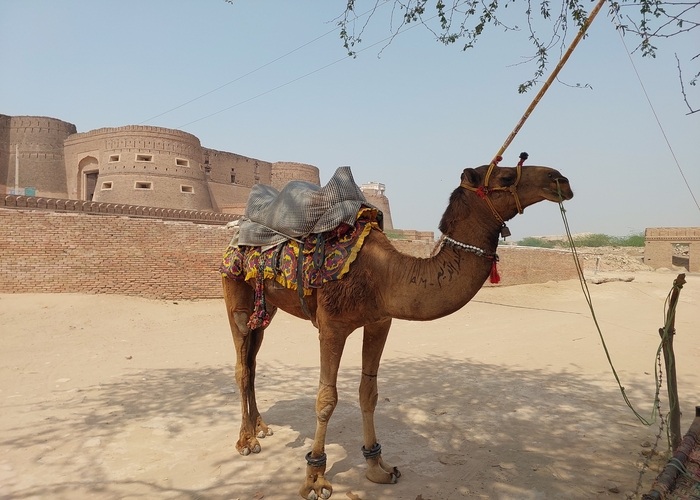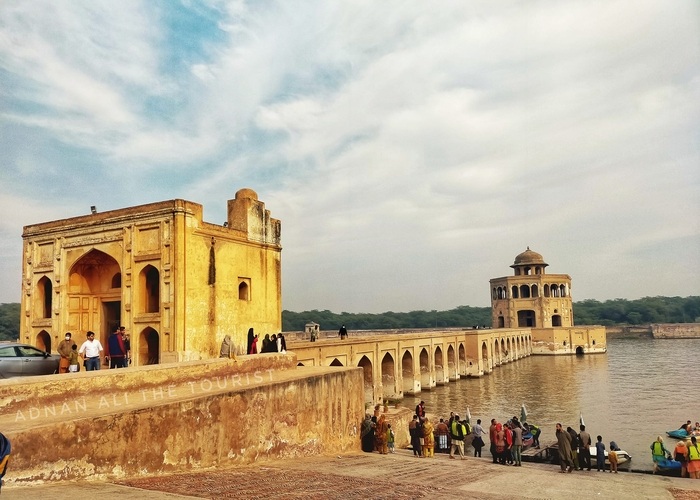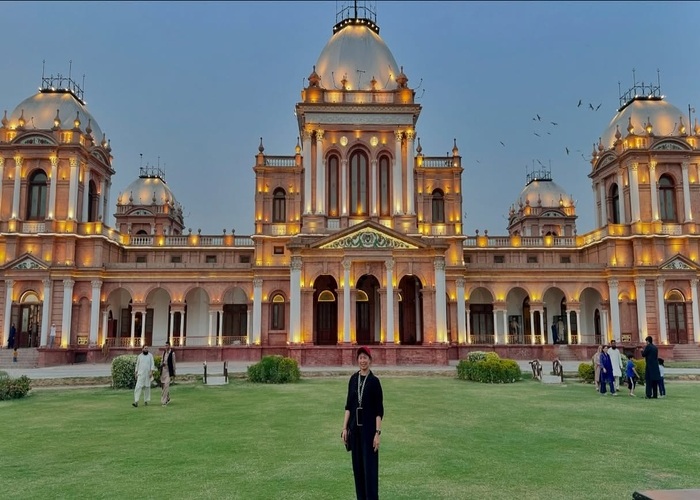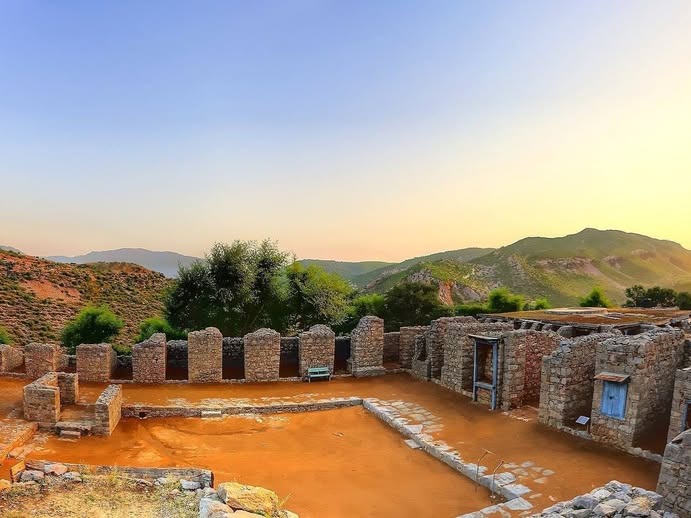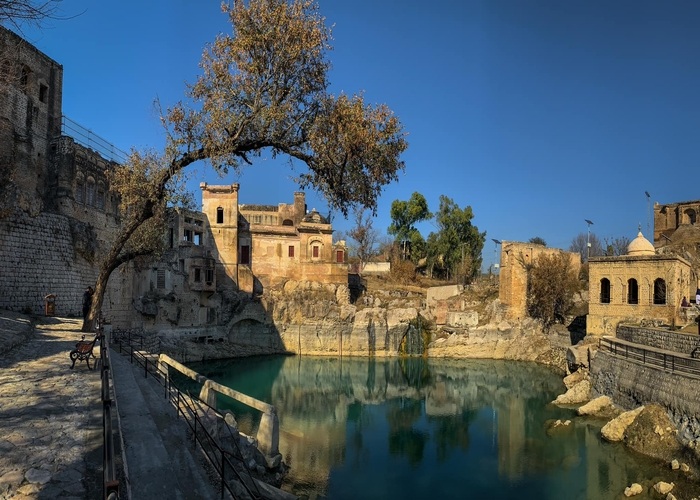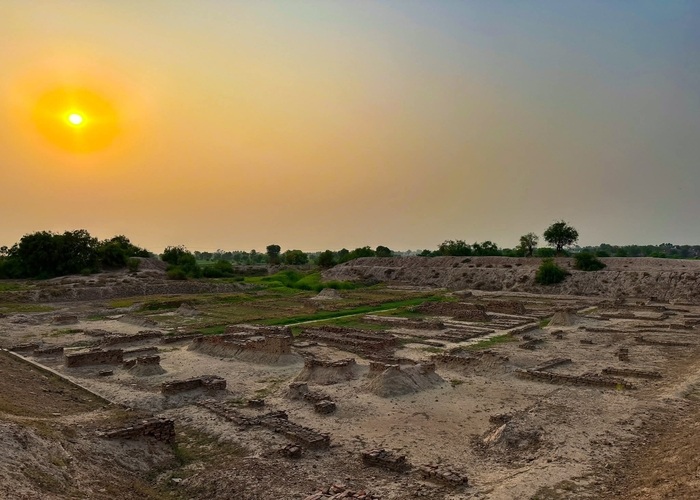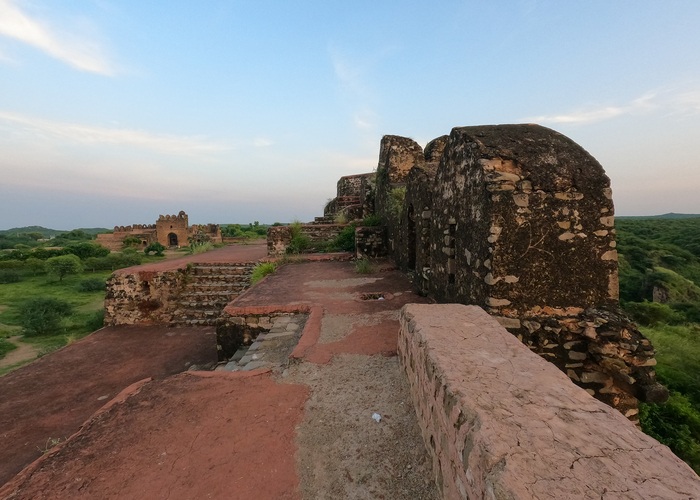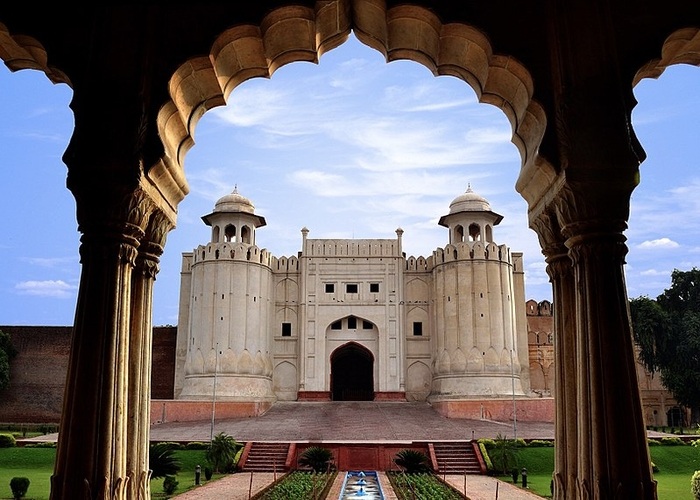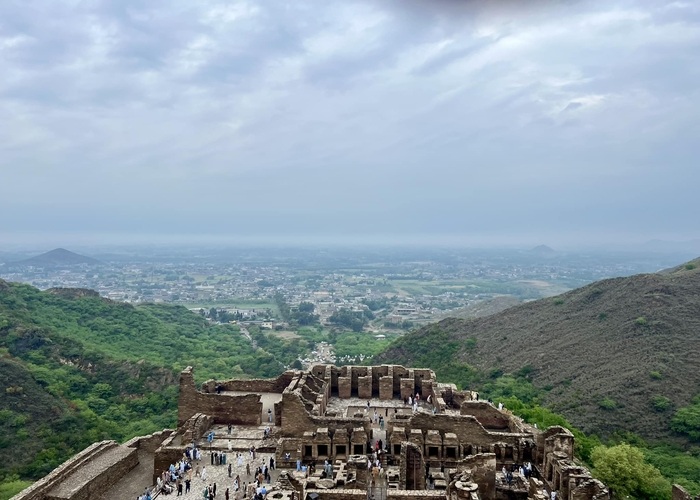9. Takht-i-Bahi – Buddhist Monastery
Takht-i-Bahi is unique due to its extensive layout and various areas, including monk cells, halls, meeting rooms, and different stupas. It is situated on a slight elevation, surrounded by hills, offering an extraordinary view of the landscape. While the main sculptures have relocated to various museums, one can still imagine the beauty of the site during its prime.
Inside the hermitage, the meditation cells where worshippers practiced are a must-visit, along with the ruins of conference rooms and classrooms. The site features a central Stupa Court, a votive stupas court, and a group of three stupas.
Takht-i-Bahi (The Throne of Bahi) is one of the most well-preserved Buddhist monasteries in Pakistan. Located 17 kilometers from Mardan on a hill, this cloister was founded in the 1st century and remained an essential Buddhist educational and cultural center for many centuries. It is 165 kilometers northwest of Islamabad, the capital city of Pakistan, in the Mardan District.
Takht-i-Bahi, which translates to The Spring Throne, was discovered in 1836 and was listed as a UNESCO World Heritage Site in 1980. Local legend suggests it is after a nearby spring. Due to its elevation of 500 feet above the hill, the site has been suitable for this ancient monastery throughout the centuries.
First Construction Period
The original monastery was built during the 1st century BC, as design, construction methods, and materials aligned. Inscriptions found in the temple support this claim, which mentions the name of Gondophares I, a historical figure of that time.
Gondophares I, also known as Vindafarna, Gastaphar, and Gundaparnah (from which the Pashtun surname Gandapur originates), is recorded in Christian tradition as one of the Three Wise Men who witnessed the birth of Christ. These Persian Zoroastrian religious beliefs are supported, as there is no evidence of Greek or Buddhist symbols or writings, coins, or other artifacts.
Second and Third Construction Periods
The period from the 3rd to the 5th centuries AD marked the second and third construction phases of the monastery, coinciding with the rise of the Kushan Empire. Kujula Kadphises was the first ruler and the unifier of the nomadic empire that originated from the western provinces of modern China known as the Yuezhi. Buddhism flourished during this time, contributing to the expansion of the Takht-i-Bahi site. The Great Stupa Court and the Assembly Hall were constructed during this period.
Final Construction Period
The final construction phase, which occurred between the 6th and 7th centuries AD, witnessed the construction of the Tantric Complex, reportedly during the rule of the Huns.
The Complex
Comprising a series of stone buildings in the Gandhara style, Takht-i-Bahi was constructed using local stone blocks set in a mortar made from lime and mud.
Must Read: Must Visit Places in Naran Kaghan
You can divide this grand ensemble of structures into four primary areas:
The Stupa Court
It contains many stupas of mostly similar sizes, located in the central courtyard.
The Monastery
This sanctuary features assembly halls, dining areas, a courtyard, and impressive living quarters, which were two stories high.
The Temple Complex
This region comprises stupas similar to those in the Stupa Court, built at a later time and on a hill higher than the original Stupa Court, as well as a courtyard and living partitions.
The Tantric Complex
This complex features numerous meditation cells with low openings and dim interiors. Located on the opposite hill from the Stupa Court.
Once atop the central Stupa Court, visitors can feel a breeze of mysticism and self-awareness as they take in the expansive valley from the throne, providing a moment of disconnection from the world.
Historical records indicate that the monastery was in constant use until around the 7th century, after which documentation becomes unclear.
Located approximately two kilometers from the Takht-i-Bahi Bazaar, the ruins attract many tourists, historians, and Buddhist travelers from around the world. The site is also popular among archaeologists and has become an important archaeological and historical site in the Mardan district due to its age and level of preservation.
Best Time to Visit
The busiest time to visit the monastery is between September and April, when the weather is more temperate. The summer months can be difficult for extensive visits and excavations due to the lack of shade and inadequate infrastructure for tourists, as temperatures can easily exceed 100°F (38°C).
